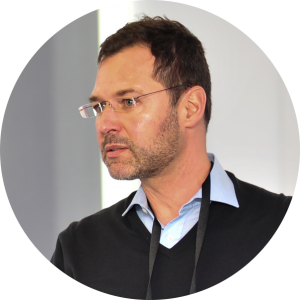SESSION RECORDING
RUNDOWN OF MAIN POINTS:
- Deeptech is a Problem-driven Industry
- Resiliency is Key in the New Normal
- One Region, Multiple Markets
- Singapore: An Oasis of Calm
- The Best Didn’t Work Alone
Deeptech was a term first coined by Swati Chaturvedi, the founder and CEO of an online investment platform, Propel(x). Juxtaposed with the broader term of technology, deeptech refers to technological solutions created to address or solve engineering or scientific challenges.
Comparisons aside, deeptech has increasingly caught the attention of many due to their potential for commercialisation. Although deep technologies have traditionally been associated mostly with small-scale spin-offs from research programmes administered by universities, the phenomenon is now evolving. Notwithstanding the pandemic, a series of societal challenges have placed greater emphasis on deep technologies to help fill the gap.
Such a definition unshackles deeptech – extending its influence beyond end-user interfaces and services to also include solutions that can feed into upstream engineering and scientific capabilities. Put simply, appetite for deep technologies is growing as more companies become open to the prospect of integrating them within their operational workflows and processes, to leverage new efficiencies. Our Deeptech Accelerator alumnus, Aromatec, exemplifies this with their recent track record of partnerships with large-scale conglomerates on mutually beneficial projects.
More importantly, the change in perspective is unlocking an abundance of opportunities for enterprising founders with deeptech solutions to expand into new markets with, and Singapore hopes to be the first to come to mind.
To support startups with nascent deep technologies, IoT Tribe hosted an information session covering know-hows about the Singapore and APAC market, in collaboration with Enterprise Singapore, the Singapore Economic Development Board, and a slew of leading representatives from Cargill, NCS Group, Siemens and Vantage Venture. Startup alumni from LexaTexer and WeavAir were also present to share their experiences with APAC market expansion via Singapore.
For those who missed it, fret not – here is a detailed summary of five key points shared by our guests.
DEEPTECH IS A PROBLEM-DRIVEN INDUSTRY
One of the common fallacies about deeptech, categorically speaking, is that they are technically geared to become only comprehensive solutions that address problems and challenges at a broad level.
To be precise, such a possibility should not be ruled out entirely. It is true that some deeptech startups and scaleups will find success in providing solutions at a broader level. Referencing our Deeptech Accelerator alumni as examples, Dot Incorporation’s unique braille-based haptics technology has been successfully utilised to provide smart accessibility services for the visually impaired across a wide range of scenarios. Qlue from Indonesia has similarly employed key enabling technologies like artificial intelligence (AI) to provide varied solutions such as facial recognition and thermal scanning.
But most founders with deep technologies will likely find more success by tailoring their products and solutions towards more specific, problem-based use cases. The recent emphasis on sustainability solutions to bolster Net Zero and decarbonisation efforts – leading up to 2050 – makes for a great example. Instead of focusing broadly on the overarching strategy, startups can choose to focus on specific niches, such as carbon capture, usage, and storage (CCUS), or sourcing and generation of blue hydrogen. By prioritising a niche component of the market, the go-to-market process can become more manageable and less resource-intensive, as founders can identify their target audience and learn their needs more quickly, and more precisely. This applies similarly to other use cases, such as Covid-19-related technologies.
What is worth noting, is that deeptech solutions will mostly be unable to fully expand into and mature within new markets standalone, and that has become an accepted trade-off that key stakeholders are willing to collaboratively resolve. Corporates, for one, are now more willing than ever before to digitally transform in partnership with enterprising startups and scaleups, integrating their technologies into a larger, infrastructural system built to deliver a technological solution, or solutions, at scale. Sunil Kumar Yadav from Siemens cited the task of reducing energy usage as a prime example, remarking that it entails the fulfilment of three deliverables – reduce, produce, and procure – not one. Essentially, deeptech startups do not necessarily have to create solutions that satisfies all three criteria – they can instead be integrated with other solutions to produce a more complete effect.
RESILIENCY IS KEY IN THE NEW NORMAL
As deeptech solutions evolve to become more tailored towards specific use cases, concerns over their long gestation periods are also fading away. By prioritising certain niches over others, and with the inception of advanced technologies like cloud computing, IoT sensors, and more, the time taken to bring a deeptech solution to market has been shortened significantly.
In tandem with the region’s hold of some of the best-in-class tech talents worldwide, deeptech is therefore becoming an attractive proposition for regional investors. Contrary to popular belief, equity has not necessarily reduced amid the new normal. Ample funds remain available in APAC – with more than 200 VCs based in Singapore now – although investors have become more selective of the startups they welcome into their portfolio.
According to Eddie Ler from Vantage Venture, investors have growingly prioritised deeptech or deeptech-enabled startups with crisis-ready teams as well as solutions. Founding teams should expect to be thoroughly assessed by investors for their proactiveness to address situations they are experiencing, and how they can fine-tune their business model accordingly. Solutions in question should also possess a strong differentiating value which will not be easily disrupted by extraneous events or influences, such as the Covid-19 outbreak.
ONE REGION, MULTIPLE MARKETS
Since deeptech solutions are mostly problem-driven, new entrants into the APAC market should be cautious of the difference between the nations in terms of needs, challenges, customs, languages, maturity, and the regulatory landscape, among others. For larger countries like China and India, also consider intra-diversity – differences within national borders.
When drawing up their development plans, founders of deeptech startups should transcend beyond plotting only the total accessible market (TAM). Devising a plan with a sizeable TAM is part and parcel of the process to appeal to investors, and certainly a reasonable approach, but part of their decision-making process should also include one or two target markets to commence their expansion with.
In the case of APAC, learning the local ‘terrain’ within one of the regional countries can be helpful in assessing the compatibility of a deeptech startup’s solutions with the rest of the region. According to Yvonne Chou from the NCS Group, Singapore – alongside China, South Korea, and Japan – are the key APAC countries particularly when it comes to deeptech, as it hosts the necessary tech infrastructure – such as 5G – to facilitate proof-of-concepts and pilots efficiently.

Here [in Germany], our customer base is mostly in manufacturing. If you look at the markets from a very high level, what you see is that in the next 15 to 20 years, it is expected that Asia will contribute to over 50% of the global GDP. So, there is a lot of growth to be expected in Asia and particularly Singapore, which has established itself as a hub.
Obviously, Covid-19 has put some constraints on our expansion – we were thinking about coming to Singapore earlier this year, now it is going to be August or September, depending on the situation. But again, Singapore has made clear that they are very helpful. In terms of setting up operations, much can be done remotely, and IoT Tribe has also helped us to filter out these variables upfront and remotely, which has greatly accelerated the speed at which we evaluated the market and get things established. So, I can only recommend trying to get into IoT Tribe and for that matter, the programme that gives you access to the local ecosystem.
IoT Tribe has been essential for us to get in contact with locals and potential customers, and with that, gives us attraction locally to evaluate and make more informed decisions.
– Dr Günther Hoffmann, Founder & CEO, LexaTexer & MedaPlus
SINGAPORE: AN OASIS OF CALM
Another factor of consideration when first expanding into APAC is the extent of support deeptech startups will receive to help perfect their market fit. As established in the earlier point, one of the foremost priorities for founders when expanding into APAC is to determine the compatibility of their solutions with the markets, and this process often requires the involvement of multiple stakeholders.
Singapore has proven with time its contention to be the regional leader in this regard, having nurtured a strong and supportive ecosystem for technology and startups. Situated externally to ongoing geopolitical tensions, the country has been able to devote significant resources towards deeptech development.
YC Choy – Regional Vice President of the Singapore Economic Development Board – shared that public-private initiatives built to support deeptech by stakeholders like IoT Tribe and Temasek have grown in recent times. At a macro level, the Singapore government has co-pledged up to 50% in equity funding alongside private investors towards deeptech startups, up to a cap of $285M. Broader initiatives like non-dilutive capital grants and loans are also in place to support deeptech capability development, such as the hiring of tech talents. Founders of deeptech startups can also expect non-financial support from Singapore’s extensive networks to leverage infrastructure, mentorship, incubation programmes, among others.
THE BEST DIDN’T WORK ALONE
Given its broad scope of definition, the field of deeptech can seem overly complex and difficult to navigate for startups alone. Because deep technologies are conceptually inconstant – the Internet, for instance, was once regarded as deeptech for its revolutionary ability to unlock novel communications methods – supporting deep technologies is similarly a learning journey which require inputs from all key stakeholders.
Perhaps, what differentiates deeptech startups that have found success within APAC has largely been their propensity to work and collaborate with others. In the context of Singapore, YC Choy remarked the importance of approaching technological development using the model of an ecosystem, not a value chain. This implicitly points out the need to think beyond the role of startups to also consider how other stakeholders feed into the entire equation. And this is a model that has proven to be capable and adaptable.
The caveat here ultimately lies in the willingness of founders to collaborate within the ecosystem, to decipher how best they fit into the overall vision of Singapore as a hub of deep technologies. One of the avenues that Enterprise Singapore has pursued to help support founders with deep technologies has been acceleration programmes. IoT Tribe’s Deeptech Accelerator is a 12-week programme run in partnership with Enterprise Singapore and the Singapore Economic Development Board under the Global Innovation Alliance, for precisely the purpose of supporting international deeptech startups in their APAC development plans, by leveraging upon collective capabilities of the corporates, public agencies, investors, and mentors embedded in Singapore’s ecosystem.
The programme commences September this year with the third cohort to scale their business growth, hone their go-to-market strategy and develop their proof of value with leading corporates and public agencies in Singapore and across APAC.
Applications close by 10 July, apply using the button below before the window closes.



